The Evolution of Predictive Analytics: What's Next?
Predictive analytics has evolved from basic statistical models to AI-driven real-time insights, transforming industries from healthcare to finance. As technologies like XAI, quantum computing, and generative AI advance, its future promises smarter, faster, and more ethical decision-making.
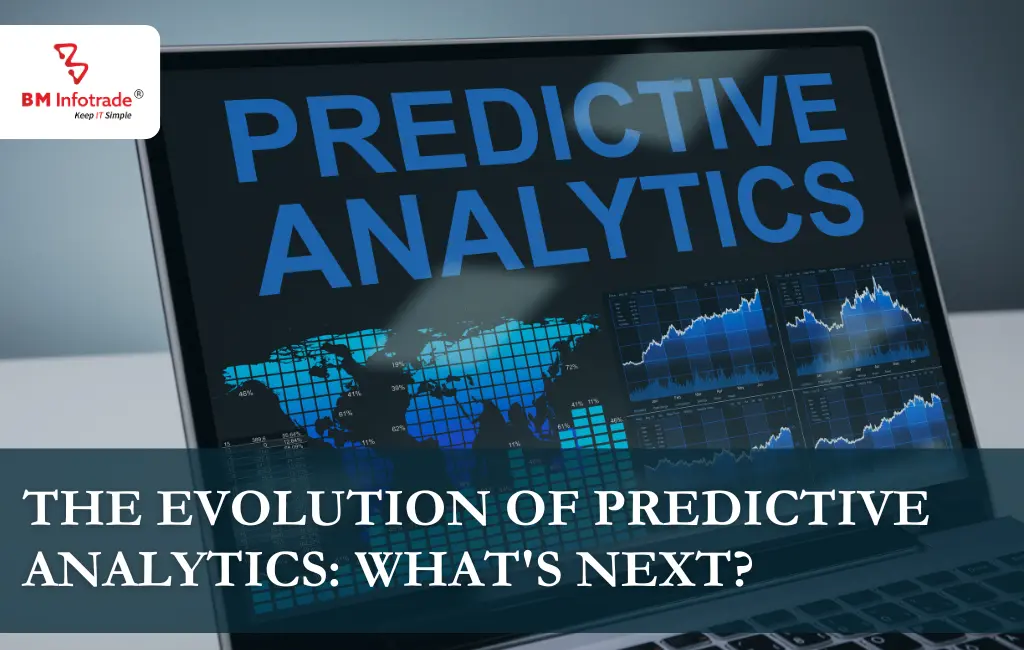
The Evolution of Predictive Analytics: What's Next?
Table of Contents
Predictive analytics has become one of the major pillars of modern decision-making as it integrates algorithms and statistical models as well as data into one system which predicts the likely outcomes. With time, this field has revolutionised sectors, enabling businesses to optimise their operations, improve customer satisfaction and beat rivals. However, what does the future hold? This article will cover how predictive analytics has changed over the years to its present state and the technologies that will drive its future.
A Brief History of Predictive Analytics
Predictive analytics is not something that has just come up; its origin can be traced back to statistical analysis as well as to early computational models that were birthed in the mid-twentieth century. Important developments include:
- 1950s: Statistical Models Were Developed: The ability to utilise statistical means such as regression analysis emerged, and one was able to forecast events based on precedents.
- 1980s: Rise of Computer Technologies: The use of decision trees, clustering models and other algorithms became possible with the advancement of computer technology.
- 2000s: The big data trend: Cloud technology and storage enabled more and more digital data to be generated, allowing ever more sophisticated and accurate predictions.
- 2010s: AI and Cloud: The combination of AI and cloud technologies consolidated the foundation of predictive analytics, enabling businesses to take advantage of predictive models regardless of their size.
Predictive Analytics Today: The Current Landscape
Predictive analytics has grown due to several core technologies’ rapid innovation. Such technologies are:
- Data Abundance: Organisations are using huge amounts of structured and unstructured data from IoT, social media, and transaction logs.
- AI and Machine Learning: Every new release of machine learning models seems to outperform the last one, allowing businesses to address the most pressing challenges of predicting customer behaviour, market fluctuations, and operational risks plausibly.
- Real-Time Predictive Analytics: This allows predictive insights to be utilized for decision-making in seconds, e.g., Get real-time predictive analytics in the area of health and finance.
- Industry-Specific Applications: Predictive maintenance of equipment is available for the manufacturing industry, while e-commerce can use analytics for personalised recommendations.
Read More: Artificial Superintelligence: What It Means and Why It Matters
Challenges in Predictive Analytics
A list of challenges emerges for predictive analytics, even with its proliferation across industries:
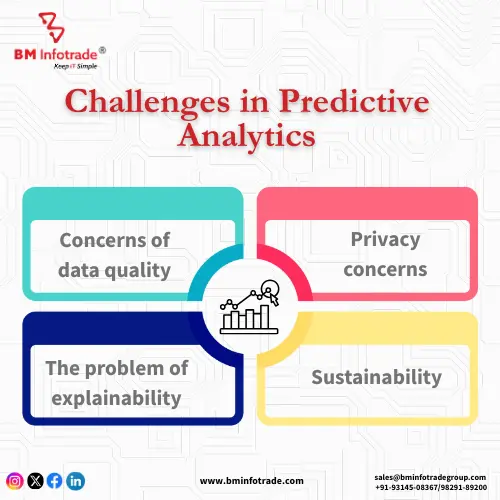
- Concerns of data quality: Data that is erroneous, inconsistent, or incomplete tends to harm predictive models.
- Privacy concerns: Indeed, this is a serious problem, as predictive analytics depends on user and behavioural data, the protection of which should be considered.
- The problem of explainability: Different AI-powered predicting methods have different levels of interpretability, so this creates a problem of trust in the model as well as issues of accountability.
- Sustainability: Working with large data sets for predictive analytics is still estimated to be costly in terms of resources.
The Future of Predictive Analytics
Predictive analytics is far from finished as it continues to evolve, and various changing trends are likely to shape its future:
1. Augmented Analytics
Augmented analytics uses AI, NLP (natural language processing) and machine learning to reduce the human effort needed in data preparation and model building; hence, this trend makes predictive analytics for nondemand specialists to extract insights out of data.
2. Explainable AI (XAI)
An increase in regulation is creating a need for more accountability, and with that, explainable AI is gaining in popularity. XAI reduces risk by providing justification for its predictions, which is beneficial in highly regulated areas such as finance and healthcare.
3. Quantum Computing
Quantum computers speed up the solving of complex issues and replace obsolete technology, allowing for rapid advancement in predictive analysis. It could be possible to reach unprecedented levels of prediction precision in drug design or improve the optimization of supply chains.
4. Edge Analytics
As predictive analytics is becoming prevalent in IoT devices, exactly the opposite happens: predictive analytics moves toward the data generation point. Edge analytics enables faster responses, which is valuable for self-driving car manufacturers or smart city developers.
5. Integration with Generative AI
Generative AI such as ChatGPT is likely to augment predictive analytics further by generating insights based on possible realistic scenarios and providing actionable methods for such scenarios – which would only enhance course planning and predictive analytics.
Applications of Predictive Analytics in the Future
Predictive analysis will surely get more insightful and beneficial in years to come across many businesses, including:
- Healthcare: Early diagnosis, Is customised medicine even a promise? The scope offers a lot. By predicting medical outbreaks and suggesting precautionary steps, AI-based models will do exactly that.
- Finance: Predictive modelling in this area will only mature, allowing management to better manage risks, better detect potential fraud and provide even better-tailored strategies.
- Retail and E-commerce: Advanced targeting and personal preferences when buying indicate a potential for highly detailed upselling and advertising, better stock turnover rates and flex promotions.
- Energy and Utilities: Outsmarting operational costs will be possible with predictive analysis of energy forecasting and grid execution.
- Education: Integrating student insights to design policies on academic retention, custom learning experiences, and forecasting ability would be a game changer.
Key Innovations Driving Predictive Analytics
Predictive analysis in organisations and businesses around the world has been greatly simplified by these upcoming technologies:
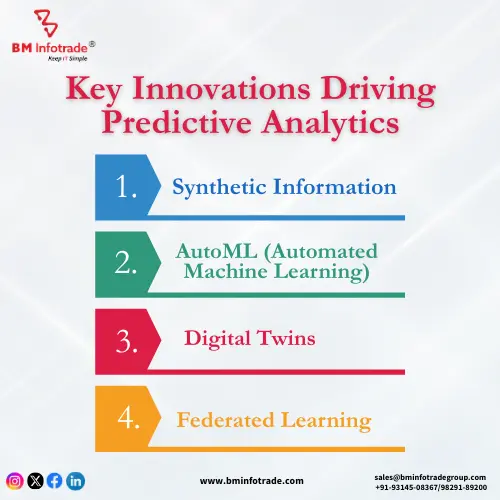
- Synthetic Information: The method of producing synthetic information focuses on the existing problem of scarcity of data and helps in training machine learning models without breaching individuals’ privacy.
- AutoML (Automated Machine Learning): Previously, the intelligence models required data scientists and expertise; with AutoML, creating models becomes easier and quicker and doesn’t require extensive experience in the field.
- Digital Twins: Virtual representation of an asset or process that incorporates the use of predictive analysis to create an optimised scenario for the asset.
- Federated Learning: To address privacy issues, federated learning allows predictive models to be processed around multiple datasets without the need to gather the data into one central hub.
What’s Next?
As data science and predictive analytics evolve in the coming years, there are three areas of focus for strategic measures; they include
- Data Ethics: Making fair predictions without infringing on users’ data protection and user privacy.
- Regulations: The focus of the policies also includes adherence to international laws on data protection, such as the GDPR and the Digital Personal Data Protection Act of India.
- Sustainability: Finally, the forecasts will be increasingly directed towards predictive analytics for environmental impact and sustainable forecasting practices.
Read More: Difference Between AI and Data Science: Understanding the Core Distinctions
Conclusion
Predictive analytics has grown from its simpler conceptual roots into an important decision-making tool and more. As the technologies of AI, quantum computing, and edge analytics develop, the field will only expand to future challenges while at the same time creating opportunities that were never possible before. Companies adapting to these innovations will leap ahead of competitors, but those who ignore the possibilities predictive analytics holds will be at a disadvantage.

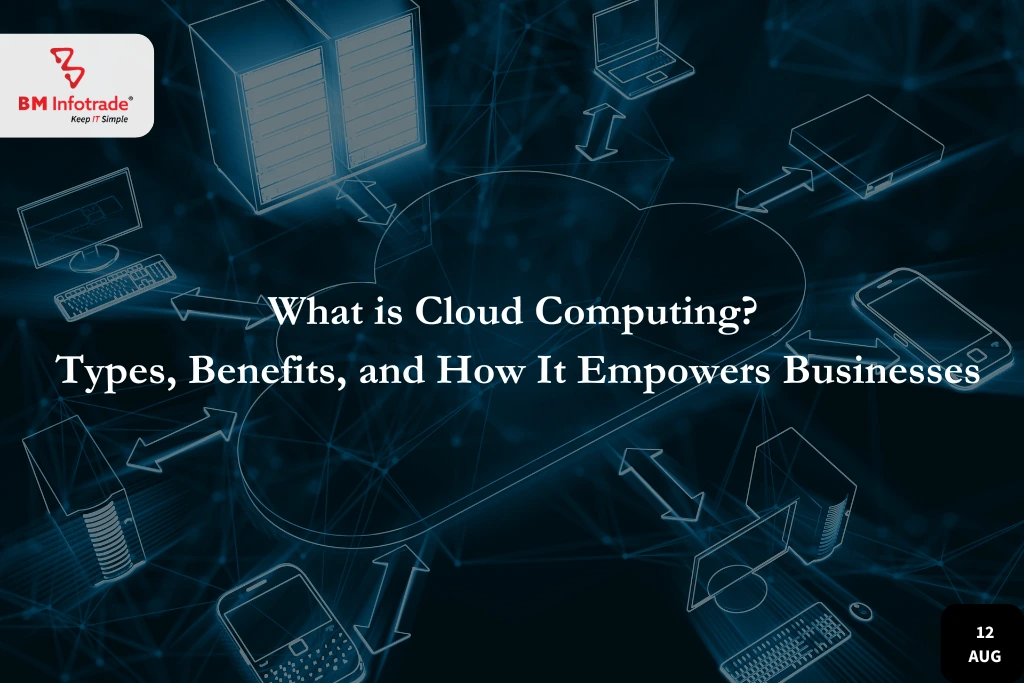

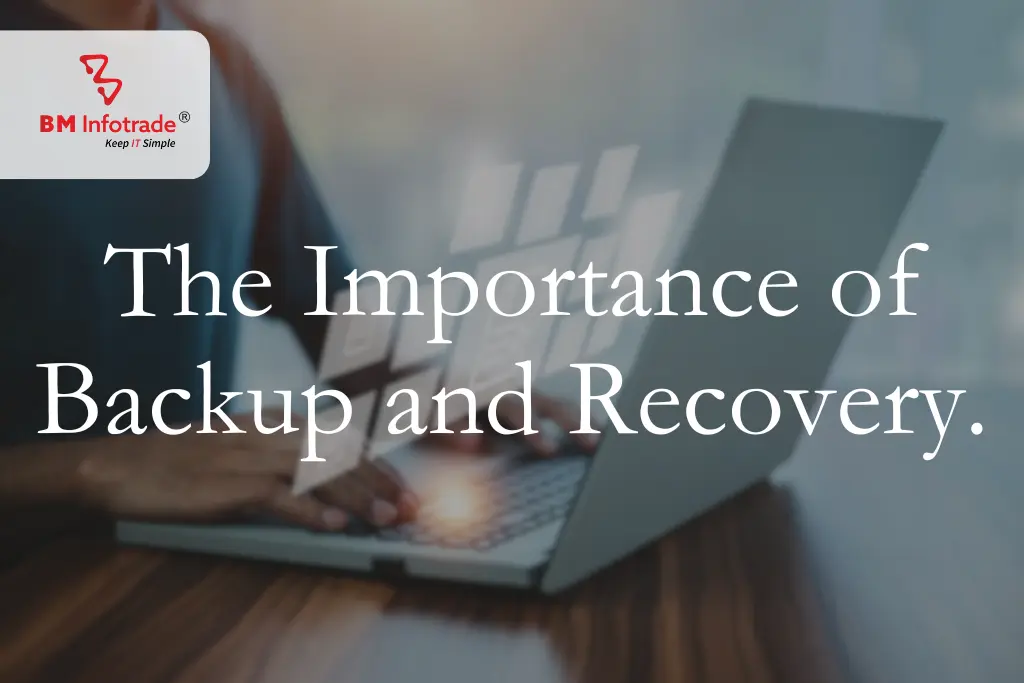

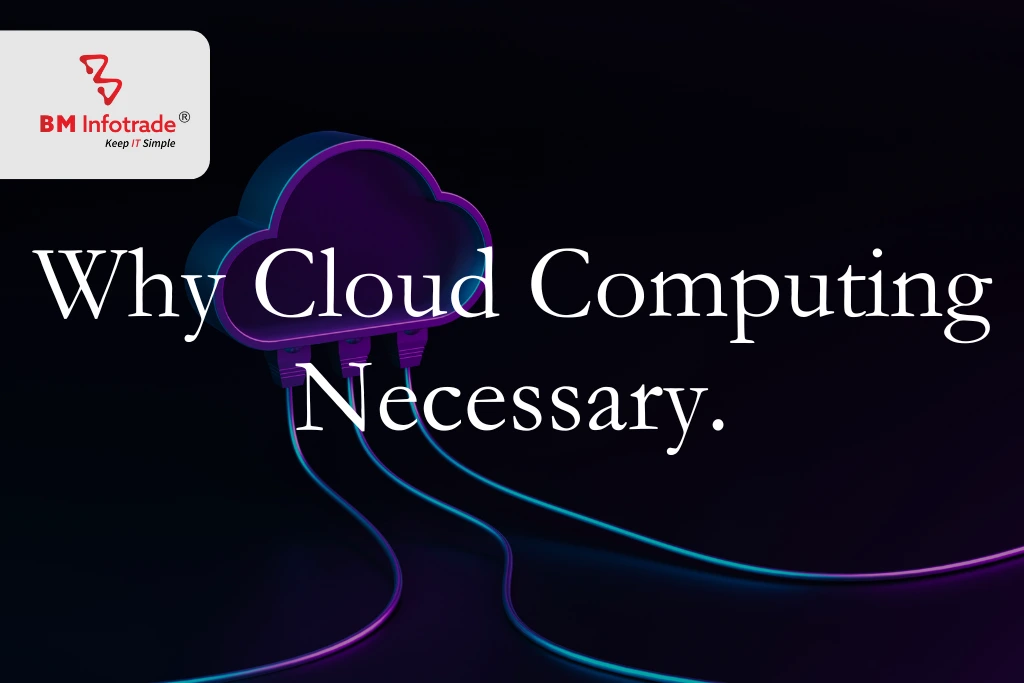
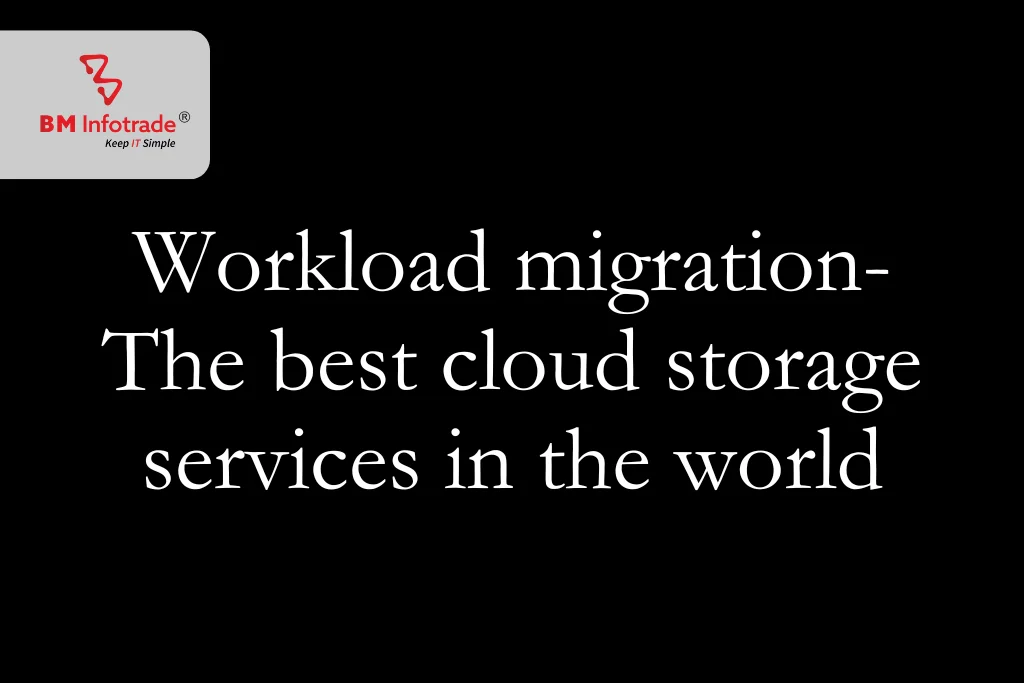
Anshul Goyal
Group BDM at B M Infotrade | 11+ years Experience | Business Consultancy | Providing solutions in Cyber Security, Data Analytics, Cloud Computing, Digitization, Data and AI | IT Sales Leader